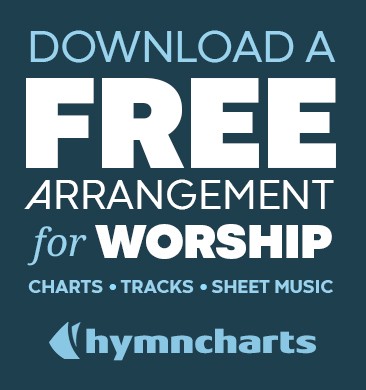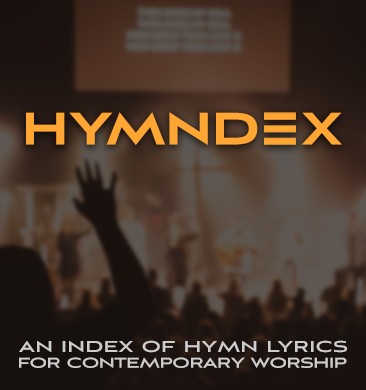What You’ll Learn:
- Why your 200+ song list might be turning your congregation into worship spectators
- The mathematical formula for determining the perfect size for your church’s master song list
- How to categorize songs into four strategic types that maximize congregational engagement
- The three-tier system (Current, Under Consideration, Retired) that transforms worship planning
- Real examples showing how repetition frequency directly impacts worship participation
- A step-by-step process for curating songs that help newcomers find their voice in worship
- Free tools and calculators to implement this system in your church immediately
- How attendance patterns and church growth affect your song selection strategy
- Why December breaks all the rules (and how to handle it)
The Hidden Problem Most Worship Leaders Never Consider
Picture this: You’re standing on the platform, guitar in hand, leading your congregation in what you believe is a powerful worship song. But as you look out at the faces before you, something’s wrong. Half the people are staring blankly at the screens, trying to follow along with a melody they’ve never heard before. The other half are moving their lips but clearly not singing with any conviction.
Sound familiar? You’re not alone, and more importantly, you’re not crazy for noticing this disconnect.
Here’s the uncomfortable truth that most worship leaders haven’t fully grasped: the size of your master song list can make or break congregational worship. And chances are, your list is working against you rather than for you.
Think about how most of us build our song repertoires. We start with the classics our congregation knows, then we add that new song we heard on K-LOVE last week. Then someone suggests an older hymn that would be “perfect” for an upcoming series. Before long, we’ve accumulated a monster list of 200, 300, maybe even 400 songs. We pat ourselves on the back for giving our people variety, but we’ve actually created a participation nightmare.
The author presents a startling reality check: if your church sings four songs per week and you have 200 songs on your list, you could theoretically go an entire year without repeating a single song. That might sound impressive to other worship leaders, but it’s devastating for congregational engagement. Your regulars might recognize half the songs, your twice-a-month attenders will know even fewer, and your visitors? They’re essentially locked out of worship participation entirely.
But here’s where it gets really interesting – and where this system becomes a game-changer for growing churches. The author breaks down songs into four strategic categories that most worship leaders have never considered systematically. First, you’ve got your traditional hymns (pre-1980s) that connect different generations and carry theological weight. Then there are classic worship songs (1980s to about 15 years ago) – think “Shout to the Lord” or “How Great Is Our God” – songs that have proven their staying power. Modern worship songs represent the current movement of church music, typically written within the last 15 years. Finally, there are new songs that your congregation hasn’t learned yet, requiring intentional repetition strategies.
The magic happens when you organize these categories into three distinct lists. Your “Current Songs” list becomes your planning gold mine – carefully curated with just the right number of each song type. The “Under Consideration” list holds your vetted future additions, while the “Retired Songs” list preserves options for seasonal rotation. This isn’t just organization; it’s strategic worship planning.
The system includes mathematical precision that might surprise you. Using factors like weekly attendance patterns, visitor frequency, and desired repetition rates, you can calculate the exact number of songs needed in each category. One example shows a church using five songs per week needing only 13 modern worship songs, 13 classics, 13 hymns, and 3 new songs – a total of 42 songs instead of the 200+ many churches carry.
The repetition strategy is equally brilliant. New songs get introduced with intentional frequency – three weeks in a row, skip a week, then bring it back, followed by monthly rotation until it becomes familiar. Different song types require different repetition rates based on their complexity and your congregation’s familiarity patterns.
What makes this approach revolutionary is how it accounts for real church attendance patterns. Even your most faithful members aren’t there every single week, and your average attender might only be present for half your services. This system ensures that when people do show up, they encounter songs they know well enough to truly worship through, rather than struggle through.
The author provides practical tools including a song list calculator and Google Sheets templates that automatically sort songs by key for seamless service planning. There’s even special consideration for December, acknowledging that Christmas music breaks all the normal rules and requires its own approach.
Perhaps most importantly, this system addresses the elephant in the room that many worship leaders are afraid to admit: bigger isn’t always better when it comes to song selection. A smaller, more focused list allows you to choose the absolute best worship songs rather than settling for merely good ones. It creates an environment where newcomers can quickly find their voice in corporate worship rather than feeling like outsiders trying to catch up to insider knowledge.
Bottom Line: Your master song list should be long enough to provide variety but short enough to ensure familiarity, and this systematic approach gives you the tools to find that sweet spot for your unique congregation, transforming passive observers into engaged worshippers who actually know the words they’re singing to God.








